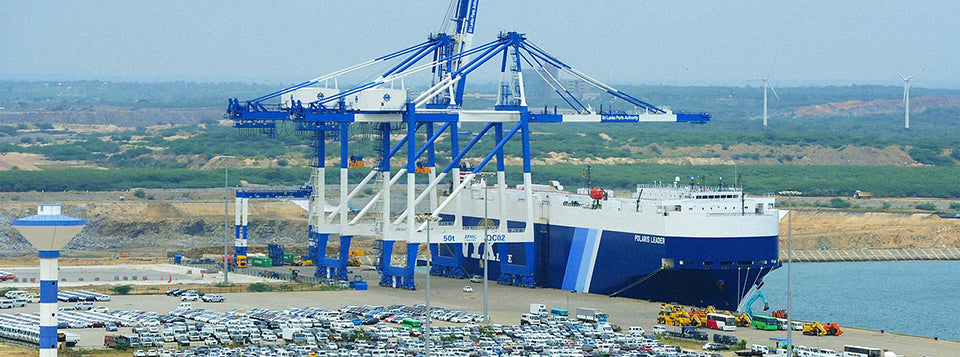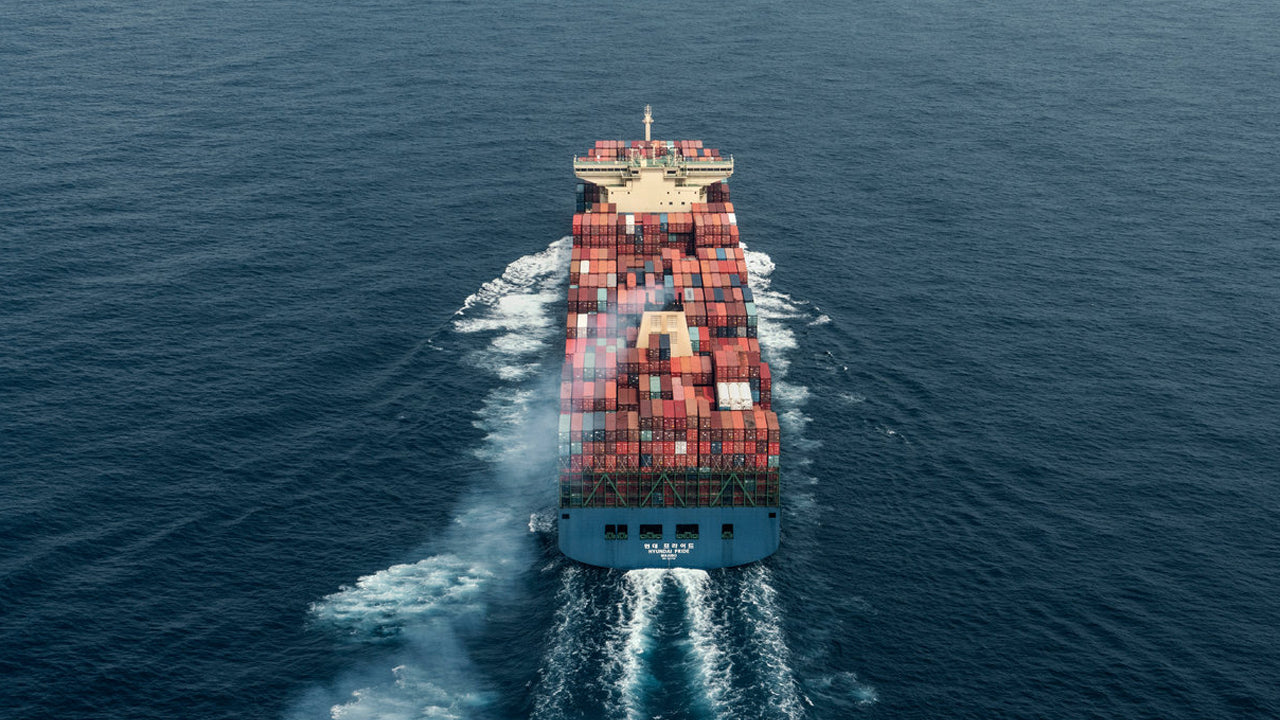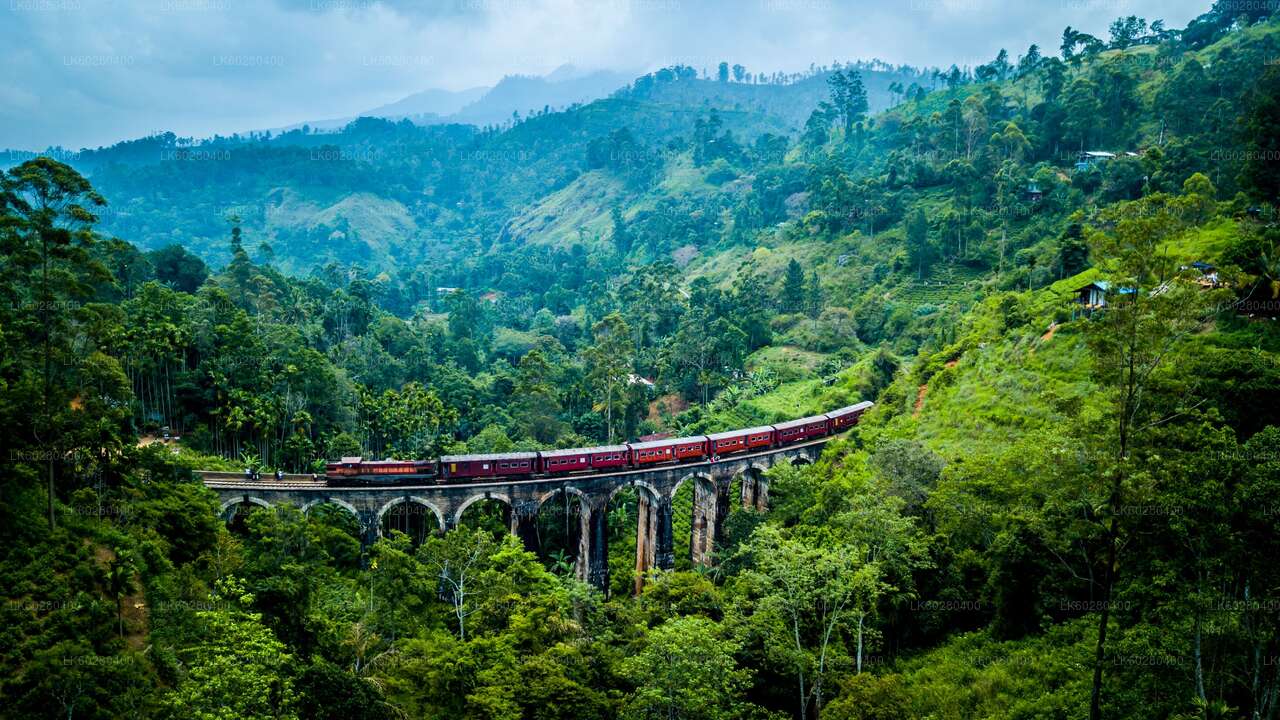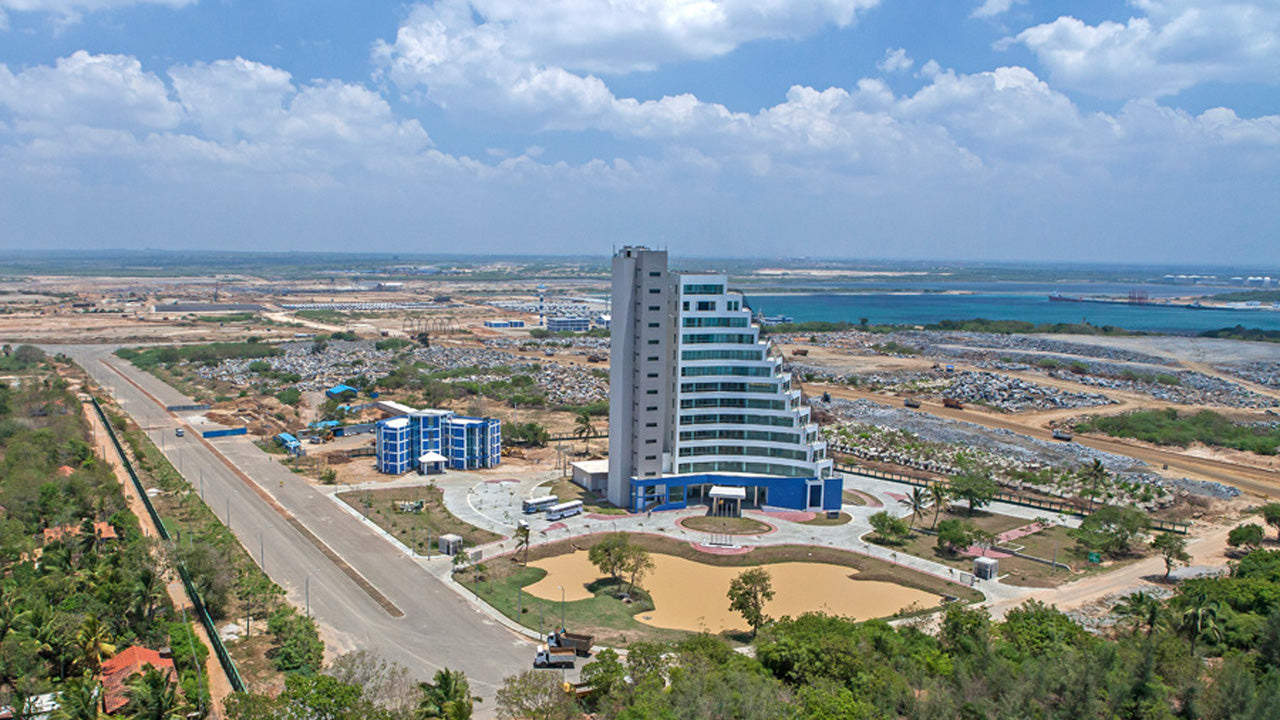
Port maritime de Hambantota
Le port maritime d'Hambantota, porte d'entrée maritime stratégique sur la côte sud du Sri Lanka, facilite le commerce mondial et la croissance économique. Doté d'installations de pointe, il constitue une plaque tournante de transbordement essentielle, reliant l'Asie au reste du monde. Explorez ses opportunités dynamiques et son rôle important dans le commerce régional.
Port maritime de Hambantota
The Hambantota International Port (also known as the Magampura Mahinda Rajapaksa Port or the Magam Ruhunupura Mahinda Rajapaksa Port) is a deep water port in Hambantota, Sri Lanka. It opened on 18 November 2010 and is operated by Hambantota International Port Group (HIPG), a joint venture between the Sri Lanka Ports Authority and the partially Chinese state-owned China Merchants Port Holdings.
The Hambantota port is Sri Lanka's second largest port, after the Port of Colombo. In 2020, the port handled 1.8 million tonnes of LPG and dry bulk cargo.
Construction of the port commenced in January 2008. The Port of Hambantota serves ships travelling along the east-west shipping route that passes six to ten nautical miles (19 km) south of Hambantota. Later phases will increase the port's capacity to 20 million TEUs per year. However, the Hambantota port in 2016 made a revenue of US$11.81 million and incurred expenses of US$10 million as direct and administrative costs to report an operating profit of just US$1.81 million.
Down in the sunny south of Sri Lanka sits a special place called the Hambantota Seaport. It's like a big door that helps Sri Lanka trade with other countries all around the world. Made with help from China, this port is super modern. Big ships full of stuff like toys, clothes, and food can come and go easily. It's like a big hub where things can move from one ship to another, making trade faster and smoother.
But, there have been some problems along the way. Some people worry that Sri Lanka might owe too much money to China because of building the port. However, Sri Lanka is still hopeful about the port's future. Besides just moving stuff around, the Hambantota Seaport is also creating new jobs and opportunities for people nearby. They're planning to build new places where companies can work and store things, which will bring even more jobs to the area. So, even though there have been some bumps in the road, the Hambantota Seaport is still sailing ahead, bringing hope for a better future for Sri Lanka's southern region.
À propos du district de Hambantota
Hambantota est une ville rurale située sur la côte sud-est du Sri Lanka. C'est également la capitale du district de Hambantota, dans la province du Sud du Sri Lanka. Située à environ 240 km de Colombo, Hambantota est en pleine transformation pour devenir un port stratégique et un centre commercial, bénéficiant d'un important développement d'infrastructures. Bordée de vastes plages de sable fin, Hambantota est un emplacement idéal pour visiter les sites touristiques environnants.
Le parc national de Bundala se trouve à 20 km à l'est de Hambantota et le sanctuaire de Weerawila un peu plus loin. Le parc national de Ruhuna et le temple de Kataragama sont d'autres attractions facilement accessibles depuis cette ville.
À propos de la province du Sud
La province du Sud du Sri Lanka est une petite zone géographique composée des districts de Galle, Matara et Hambantota. L'agriculture de subsistance et la pêche constituent les principales sources de revenus de la grande majorité des habitants de cette région.
Les sites importants de la province du Sud comprennent les sanctuaires fauniques des parcs nationaux de Yala et d'Udawalawe, la ville sainte de Kataragama et les anciennes cités de Tissamaharama, Kirinda et Galle. (Bien que Galle soit une ville ancienne, presque rien ne subsiste d'avant l'invasion portugaise.) Pendant la période portugaise, deux célèbres poètes cinghalais, Andare, originaire de Dickwella, et Gajaman Nona, originaire de Denipitiya, dans le district de Matara, composaient des poèmes sur l'homme ordinaire.









